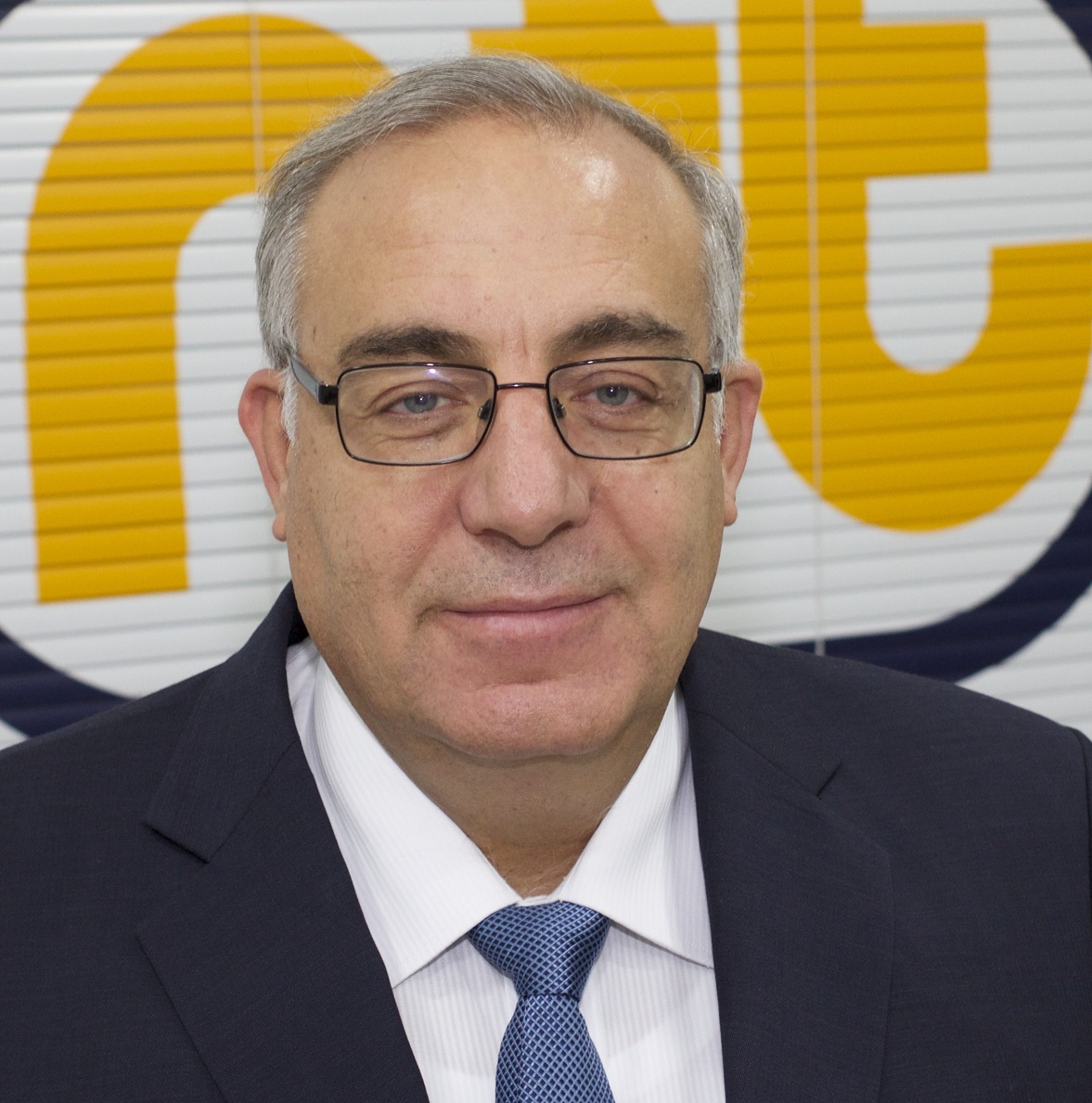Byrne Equipment Rental
Pat Fallon,Group Deputy CEO

Byrne Equipment Rental (Byrne) was founded in the UAE in the early 1990s and since then has grown to become one of the largest plant and equipment rental companies in the Middle East.
With 20 operational bases, covering the UAE, KSA, Kuwait, Qatar, Oman and Bahrain, Byrne has a fleet of over 14,000 equipment and a team of over 1,500 people.
Byrne offers high-quality equipment rental solutions to a broad variety of industry sectors including but not limited to oil and gas; construction and infrastructure; events; manufacturing and logistics; retail and commercial; marine and ports; defense and military; and medical. The range of equipment is diverse and ever growing for applications in power generation, sanitation, material handling, temporary buildings, mobile lighting, air and steam, cargo containers, welding, hoist and access, power access and climate control.
Pat Fallon, group deputy CEO, Byrne Equipment Rental, says: “As a group we consistently work hard to ensure that our rental fleet is constantly updated to carry the latest and most efficient brands of equipment and the new additions to the fleet support Byrne’s successful single source supplier model approach, satisfying all customer requirements in all segments of trade and industry.”
The earlier part of the past couple of years was focused on diversifying Byrne’s products and services.
“We added climate control to align with our existing power generation fleet. We added powered access to join our existing hoist and access fleet, and we added some unique new structures for the rental market mainly focused on oil and gas. 2020 also saw the launch of our Power Projects division to improve our turkey solutions for clients’ diversified demand, especially in the utilities and oil and gas industries. Combining the superior resources of strategic partners, we are offering new power solutions for lower emissions, such as gas power (NG & LNG) and even hybrid power. Byrne is also planning to increase the quantity of large generator sets in our fleet to grow in line with anticipated future demand in the post-COVID period. There was so much set to happen over the course of 2020 and whilst a certain resilience has been maintained through the pandemic, many things had to be put on hold most notably the events side of our business which has had to take a backseat because it has not been possible to hold large scale events which is a huge part of our business,” Pat explains.
Byrne has delivered a number of major rental projects towards the tail end of 2020 into 2021 across the GCC. Most recently in KSA, its Power Projects division completed contracts for the supply of 24MVA temporary power for 18 months to a ceramic manufacturer as well as 13MVA power supply for a private mining company. Byrne also supplied a refinery project with 8MVA power @13.8KV in the eastern region of the Kingdom.
“Overall within our operations we adapted very quickly to the COVID-19 crisis. We took people who were typically operating in the events and oil and gas sectors, and we quickly deployed them to support governments and health services across the region to rapidly set up quarantine centres to fight the pandemic. We did this most notably in the UAE and Saudi Arabia and to a lesser extent in Oman. To successfully shift from oil and gas and events to meet demand driven by the pandemic is a testament to the agility of the company, its capabilities and its people,” says Pat.
“We believe that 2021 will allow us to emerge from COVID-19 and be able to return to some sort of normal. The market remains strong, albeit competitive. We have been through downturns before, probably never on a scale like this, but we also believe that with every downturn, there’s an upturn and we are going to emerge stronger. Times like this tend to push you towards reviewing your processes, and operational efficiency, but it sharpens our focus on the most likely areas of new business. In the Middle East, the rental industry is by international standards quite immature. It is getting stronger and becoming more in demand all the time, with more players coming into the market. There’s a bright future for it, no doubt. However, there is work to do in terms of bringing into being a model that can penetrate more widely into different industries,” Pat concludes.











